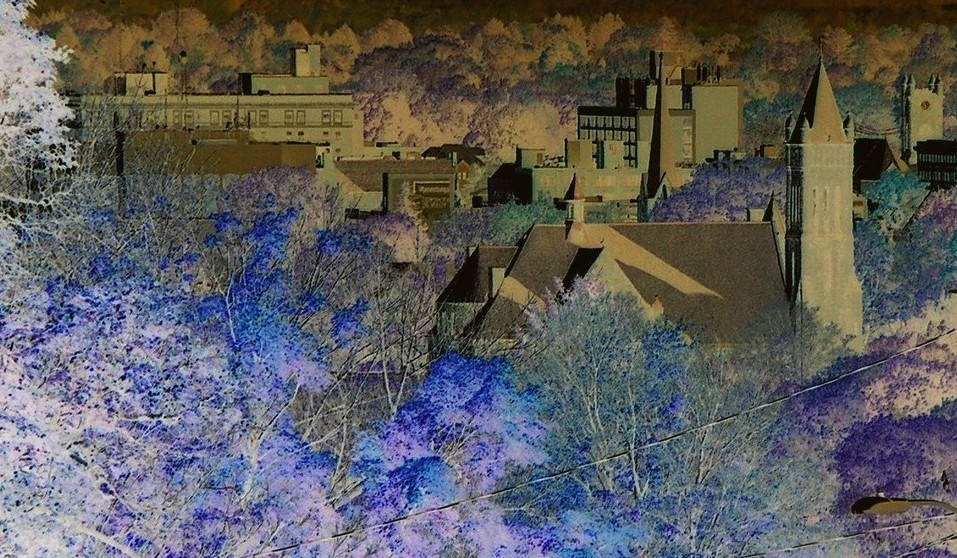What is Jamestown in 2015? Are we the comedy capital or the meth capital? Are we a city of reenergized neighborhoods or a city on the edge? Are we a haven of opportunity or a place with limited prospects?
How we perceive Jamestown – and how others perceive us – is never a simple matter because cities are as complicated as the humans who inhabit them. Visit an oil boomtown in North Dakota, a corner of the Bronx, or a suburb on the Carolina Coast and you’ll find places riven by hope, pessimism, and internal drama.
But Jamestowners today are encountering disorienting levels of dissonance on a number of fronts.
Downtown has steadily improved in appearance over the past decade, but it still feels empty much of the time.
Some neighborhoods are on an upswing thanks to reinvestment by committed neighbors, but many are still suffering from chronic and contagious disinvestment.
A higher proportion of the city’s adult population than ever before – 30 percent – has at least an associate degree, but 15 percent still lack a high school diploma and nearly 30 percent of city residents live in poverty.
These and many other apparent contradictions can give anyone a justifiable case of civic whiplash. But whether we see ourselves as helpless in the face of problems we would rather ignore, or as agents for improvement in a city where small actions can have a noticeable impact, is something entirely up to us.
And, increasingly, Jamestown residents are choosing to be agents of improvement. We’re a city facing common problems in an uncommon way.
Rather than turning a blind eye on the drug problem, the community is putting it front and center with smart law enforcement and an expanding conversation around treatment and prevention.
Rather than shutting themselves off from their neighbors, nearly 40 residents went door-to-door this winter to talk with others on their block about becoming “Renaissance Blocks” in 2015, spurring interest in painting, porch repair, and landscaping projects this summer.
Rather than fixating on the city’s blemishes, more than 70 volunteers scoured the city last summer to award “GROW Jamestown” signs to hundreds of front yard gardens that make the city green and beautiful.
Rather than repeating the well-worn cliché that businesses can’t survive and thrive around here, hundreds of small business owners are plowing energy and capital into their ventures, including new and exciting businesses in the downtown core.
Engagement is the difference in Jamestown between feeling encouraged by what’s happening or overwhelmed by what still needs to change. These are feelings we project to each other and to the outside world.
Whether it’s drug abuse or blighted housing, the specific problems we face are not unique to Jamestown and are not what brand us as a community. It’s how we strive to create a better place. People notice that.
To get in touch with opportunities to be part of Jamestown’s revitalization, visit jamestownrenaissance.org to see what’s happening and click “contribute” to signal your interest as a volunteer.
–Peter Lombardi
This post originally appeared in The Post-Journal on March 23, 2015, as the JRC’s biweekly Renaissance Reflections feature.

